national park
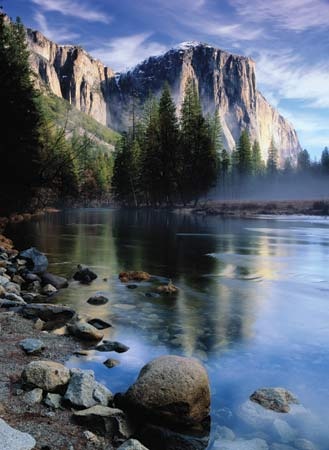
 an area set aside by a national government for the preservation of the natural environment. A national park may be set aside for purposes of public recreation and enjoyment or because of its historical or scientific interest. Most of the landscapes and their accompanying plants and animals in a national park are kept in their natural state. The national parks in the United States and Canada tend to focus on the protection of both land and wildlife, those in Great Britain focus mainly on the land, and those in Africa primarily exist to conserve animals. Several other countries have large areas reserved in national parks, notably Brazil, Japan, India, and Australia.
an area set aside by a national government for the preservation of the natural environment. A national park may be set aside for purposes of public recreation and enjoyment or because of its historical or scientific interest. Most of the landscapes and their accompanying plants and animals in a national park are kept in their natural state. The national parks in the United States and Canada tend to focus on the protection of both land and wildlife, those in Great Britain focus mainly on the land, and those in Africa primarily exist to conserve animals. Several other countries have large areas reserved in national parks, notably Brazil, Japan, India, and Australia.
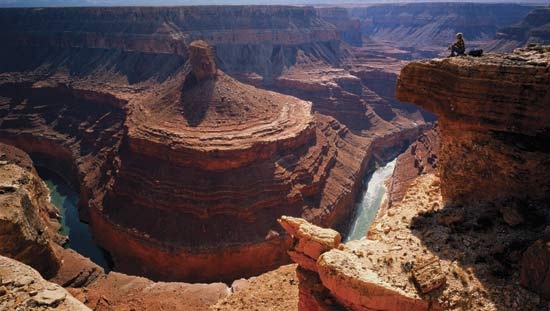 The concept of a park or nature reserve under state ownership originated in the United States in 1870, and legislation creating the world's first such park, Yellowstone National Park in Wyoming, was signed by Pres. Ulysses S. Grant in 1872. Yosemite, Sequoia, and General Grant national parks were established in 1890, and during this time the idea of protecting outstanding scenic natural areas for their own sake grew into a concept of American national policy. The national park system was expanded during the following decades, and the National Park Service was created in 1916 to administer the parks. By the early 21st century the American (U.S.) national park system administered more than 350 separate areas constituting about 85 million acres (34 million hectares). In addition to national parks, the system included national preserves, national monuments, national recreation areas, national seashores, lakeshores, historic parks and sites, parkways, scenic trails, and battlefields.
The concept of a park or nature reserve under state ownership originated in the United States in 1870, and legislation creating the world's first such park, Yellowstone National Park in Wyoming, was signed by Pres. Ulysses S. Grant in 1872. Yosemite, Sequoia, and General Grant national parks were established in 1890, and during this time the idea of protecting outstanding scenic natural areas for their own sake grew into a concept of American national policy. The national park system was expanded during the following decades, and the National Park Service was created in 1916 to administer the parks. By the early 21st century the American (U.S.) national park system administered more than 350 separate areas constituting about 85 million acres (34 million hectares). In addition to national parks, the system included national preserves, national monuments, national recreation areas, national seashores, lakeshores, historic parks and sites, parkways, scenic trails, and battlefields.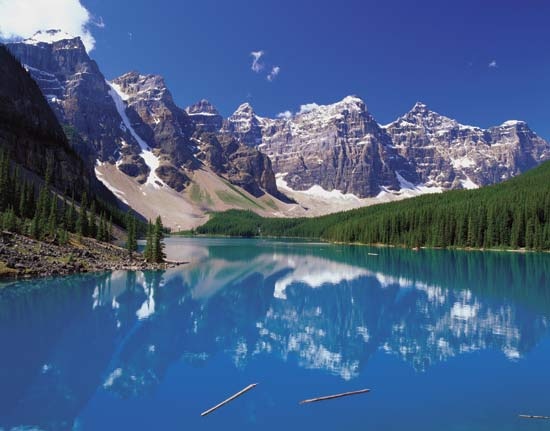
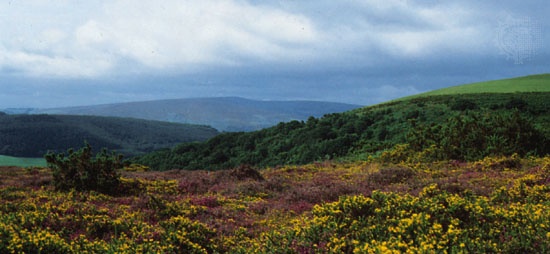
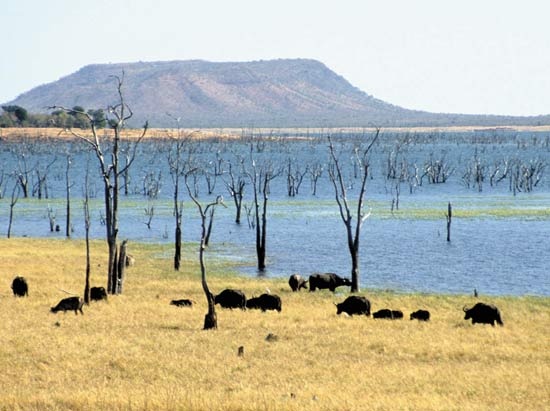 Partly inspired by the American example, movements in favour of national parks sprang up in many other countries, beginning with Canada, which established its first three national parks in the mid-1880s. Nature reserves had been maintained in Europe for centuries to protect hunting grounds for use by kings and nobles, but the establishment of modern national parks and nature reserves gained momentum only after World War I or, in some cases, after World War II. Great Britain (United Kingdom) established the administrative machinery for both national parks and nature reserves in 1949. It also began establishing national parks in India and its African colonies after the war, and this practice was continued and expanded by those new nations after reaching independence. Japan and Mexico established their first national parks in the 1930s, but interest in parks generally came later in Asia and Latin America than it did in the Anglo-American countries and Europe.
Partly inspired by the American example, movements in favour of national parks sprang up in many other countries, beginning with Canada, which established its first three national parks in the mid-1880s. Nature reserves had been maintained in Europe for centuries to protect hunting grounds for use by kings and nobles, but the establishment of modern national parks and nature reserves gained momentum only after World War I or, in some cases, after World War II. Great Britain (United Kingdom) established the administrative machinery for both national parks and nature reserves in 1949. It also began establishing national parks in India and its African colonies after the war, and this practice was continued and expanded by those new nations after reaching independence. Japan and Mexico established their first national parks in the 1930s, but interest in parks generally came later in Asia and Latin America than it did in the Anglo-American countries and Europe.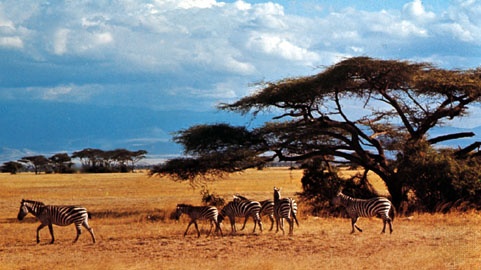 The national parks of various countries differ greatly in their effectiveness in protecting their resources. Some governments provide their park systems with large enough budgets to make possible strict enforcement of regulations; others do not. Most national parks have a built-in paradox: although they often depend for their existence on tourism stimulated by public interest in nature, the preservation of their wildlife depends on its not being molested. This paradox is usually resolved by allowing visitors to travel only within limited areas in the park. This lets them see the park while it minimizes their contact with the wildlife. See also conservation; nature reserve; national forest.
The national parks of various countries differ greatly in their effectiveness in protecting their resources. Some governments provide their park systems with large enough budgets to make possible strict enforcement of regulations; others do not. Most national parks have a built-in paradox: although they often depend for their existence on tourism stimulated by public interest in nature, the preservation of their wildlife depends on its not being molested. This paradox is usually resolved by allowing visitors to travel only within limited areas in the park. This lets them see the park while it minimizes their contact with the wildlife. See also conservation; nature reserve; national forest. Principal national parks of the worldFor a detailed listing of the world's principal national parks and nature reserves, see the accompanying Table (Principal national parks of the world). See also the various articles on particular parks, e.g., Yellowstone National Park.
- Walter McLennan Citrine Citrine, 1st Baron
- Walter M. Elsasser
- Walter Mitty
- Walter Mondale
- Walter Mosley
- Walter M. Schirra, Jr.
- Walter Of Coventry
- Walter O'Malley
- Walter Page
- Walter Pater
- Walter Payton
- Walter P Chrysler
- Walter Piston
- Walter Quintin Gresham
- Walter Rauschenbusch
- Walter Ray, Jr. Williams
- Walter Ray Williams, Jr.
- Walter Reckless
- Walter Reed
- Walter Reginald Hammond
- Walter Reuther
- Walter Reynolds
- Walter Richard Sickert
- Walter Robert Dornberger
- Walter Rudolf Hess